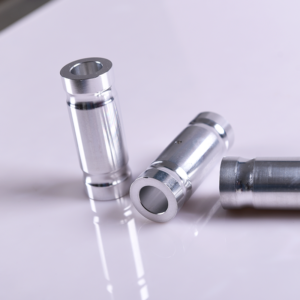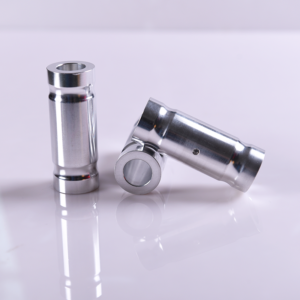The field of surface treatment of decorative materials is a dynamic landscape that offers countless techniques beyond classic painting methods. Each method not only has unique characteristics, but also brings its own set of challenges and advantages. These diverse technologies play a key role in enhancing the visual appeal of materials and meeting a variety of design preferences and functional requirements.
- Polishing:
Polishing is a timeless technique, achieved by mechanical means or chemical treatments. The process gives the material a smooth, glossy surface, giving it a high level of gloss and smoothness. Despite their luster, polished surfaces have their drawbacks. Over time, they become susceptible to scratches and require regular maintenance, especially in high-traffic areas, where durability is critical for long-term aesthetics.
- Polished and Brushed:
The combination of polished and brushed represents a harmonious combination of aesthetics and functionality. This technology not only maintains a bright appearance, but also introduces a textured finish that effectively reduces the visibility of scratches. However, the introduction of brushed textures can complicate the cleaning process and requires careful consideration to ensure compatibility with specific design aesthetics.
- Sandblasting:
Sandblasting is a technique that uses high-pressure methods to add a unique sandblasted effect to a surface. While it successfully introduces texture, there is a caveat. In some cases, the abrasive nature of sandblasting can compromise material strength, and the resulting textured surface can pose cleaning and maintenance challenges.
- Anodizing:
Anodizing is primarily applied to metal surfaces and involves the formation of an oxide layer that enhances corrosion resistance and hardness. Despite its protective properties, anodizing is not immune to the effects of the passage of time. Surface cracks may occur, and the range of color options available is relatively limited compared to other finishing methods.
- Plating:
The deposition of a metal layer onto a substrate is a characteristic of electroplating, which has the dual advantages of corrosion resistance and metallic luster. However, even with enhanced corrosion resistance, prolonged use can lead to corrosion. Environmental influences also play an important role in material selection, as the electroplating process can have ecological impacts.

The delicate balance between features and drawbacks is crucial when choosing the right finishing method for a specific project. This ensures that the end result is seamlessly as intended, meeting standards of visual appeal and functional durability. The inherent versatility of these surface treatment methods allows designers and manufacturers to incorporate creativity and customization into their projects, achieving a harmonious balance between beauty and functionality in an ever-evolving landscape of decorative materials. Yjcpolymer provides the above surface treatment processes to make your customized hardware products more beautiful and practical.